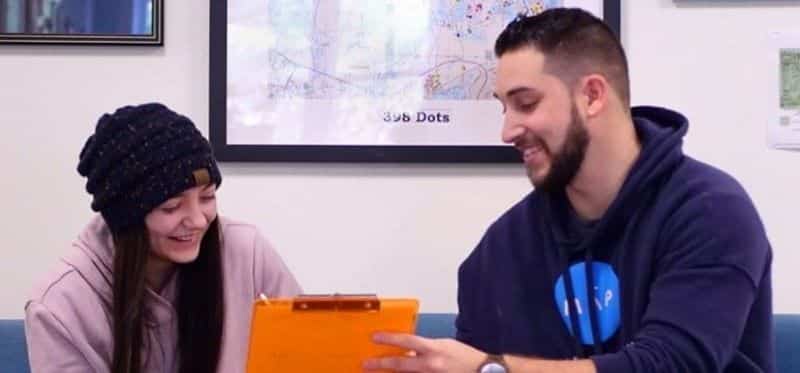With K–12 schools beginning to reopen, parents, school districts, and policy makers across the country wrestle with weighty questions about the continued appropriateness of virtual learning. A sizable segment of families have come to prefer virtual schools, and are pushing districts to preserve their newfound options. Meanwhile, some governors, eager to get schools back to normal, are taking measures to eliminate remote online learning. In these deliberations, however, few seem aware of an alternative to virtual schooling that districts could also offer.
The segment of families drawn to virtual schooling this year seem to value a key benefit it offers over conventional schools: its flexibility to adapt to their varied preferences, circumstances, and needs. As a parent of three elementary-aged school children, I experienced this first-hand last spring when my wife, Mary, and I moved our children from their neighborhood district school in southern California to a virtual charter school in order to better accommodate their learning needs and our work-from-home schedules.
Unfortunately, in the design inherent in conventional brick-and-mortar schools, teachers are a bottleneck that curtails that kind of flexibility. In order for teachers to effectively drive the learning process, conventional schools require cohorts of students to conform to prescribed schedules, teaching methods, and group pacing. But for students whose interests and preferences clash with all-day in-person schooling, and for other students whose social, emotional, or health challenges conflict with the expectations of conventional schooling, conventional instruction isn’t a good fit. Earlier in my career as a middle school math teacher, I watched students slip through the cracks when my whole-class instruction couldn’t accommodate their needs.
In contrast, virtual schools eliminate the bottleneck of teacher-directed instruction. Instead of expecting teachers to be the transmitters of all learning, they use online learning resources to put students in the driver’s seat. Virtual students work through online videos, lessons, and assignments at times and places convenient to them, with only periodic check-ins with their teachers throughout the week.
But virtual schools have their own problem which critics are right to note: because teachers don’t directly supervise and support daily learning, virtual schools depend on students having support exogenous to the school system. Virtual schools don’t offer the custodial care that many families need, and they expect students to have an at-home learning coach (typically a parent) who can spend one to six hours each day providing learning support.
Fortunately, there’s an in-person schooling option called the Flex blended learning model that breaks the bottleneck of teacher-led direct instruction. This model provides students greater flexibility while also expanding teachers’ capacity to support their students. It’s a model found in schools like Map Academy in Plymouth, Massachusetts, Springs Studio in Colorado Springs District 49, and Innovations Early College High School in the Salt Lake City School District.
In schools using the Flex model, students attend a physical campus and have access to what many virtual students miss out on: daily face-to-face support from teachers and learning experiences with peers. But students are not assigned to classrooms, and their school day is not broken up into back-to-back classes. Instead, they take all their courses as online courses, which gives them latitude in when and where they do their work.
These schools check the box for greater flexibility, but their real power comes from the way their online learning transforms the relationships between teachers and students. By setting up online learning as the backbone for covering content, these schools empower their teachers to shift time and energy away from managing classes and preparing lessons, and toward activities like making one-on-one check-ins with students, organizing small group tutorials, facilitating discussions, holding office hours, and coaching students on projects. The layout and social climate in these schools feels more like that of a professional office space than a conventional school.
As districts and states consider the options to offer their families through the rest of this year and into the fall, they would do well to look past the virtual school playbook created in the 90s and instead launch future-looking Flex programs like those described above.



